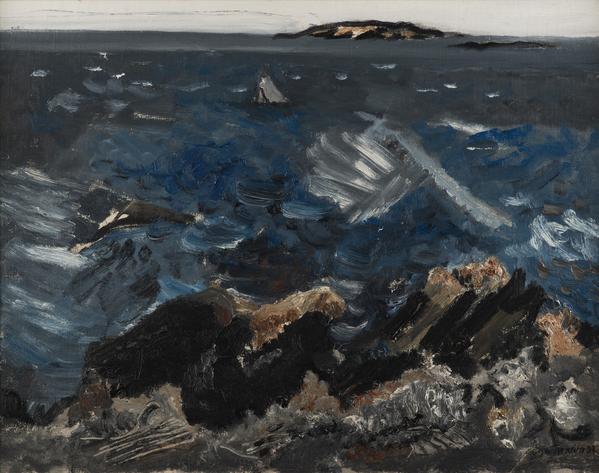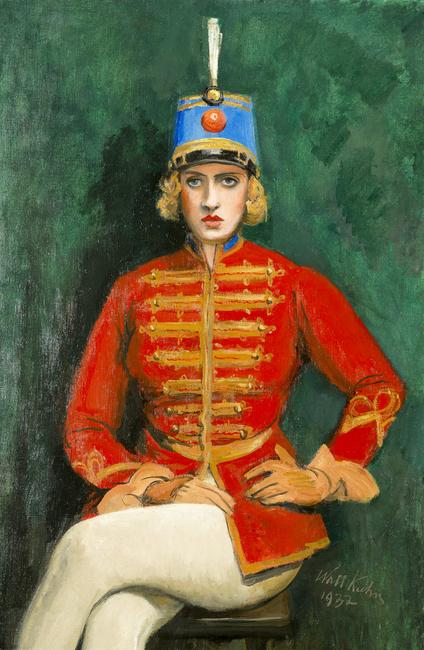


“Renewing the American Spirit” examines the diverse responses of artists to the social upheaval and economic distress that characterized American life in the 1930s. Together, the aesthetically and politically varied works produced in the 1930s paint a revealing portrait of the nation’s evolving psyche as it sought to move ahead through one of the country’s most challenging periods.
“The art of this time period provided artists with relief, documented the social injustices of the time and even functioned as forms of propaganda,” said Michael Anderson, director of curatorial affairs. “‘Renewing the American Spirit’ examines the formation of a new national identity, one that would prove short-lived aesthetically with the rise of the American avant-garde after the end of World War II, but far reaching politically through the creation of the New Deal coalition.”
‘“The Triumph of Washington,’ Gardner Hale’s monumental mural, adds to the Museum’s impressive holdings in Great Depression-era art,” added Anderson. “The painting presents a dynamic and triumphant fictionalized view of the general and head of state, on horseback, amidst flag-bearing soldiers, and in front of a looming twentieth century skyline. We are deeply grateful to D. Wigmore Fine Art for the gift of this major work and excited to include it as a focal point for this new exhibition.”
Gardner Hale was well known for his murals and frescoes in the early 1900s. He had a studio in NYC and was a member of the Architectural League of New York, National Society of Mural Painters, American Federation of Arts, Salons of America and Society of Independent Artists. His work has been exhibited at the Art Institute of Chicago, Society of Independent Artists and Salons of America.
In addition to the Museum's renowned collection of WPA art and “The Triumph of Washington” by Gardner Hale, the exhibition features key examples of Depression-era Native American art, highlighted by the work of Acee Blue Eagle, and paintings and works on paper by Hans Hofmann, John Steuart Curry, Grant Wood, Thomas Hart Benton and Milton Avery.